
Help Me Decide
Role
In partnership with UX researcher Shenoah Plewes, we collaboratively set out to understand the problem domain, current competitive landscape, and create proof of concept prototypes to develop learnings.
Brief
Develop a systematic approach to delivering relevant insights to merchants about their business. Understand what makes insights useful, through proof of concept testing, theory research, and practical information gathering.
Approach
As this was a completely new unexplored area, it was clear that the first step was to understand the basics, before an entire platform could be built.
1. Theory: What makes an Insight Useful?
From interviews and research, we identified that an insight is: not obvious, helpful in decision making, and comes from a place of being deeply informed. An insight becomes truly useful when it can provide the right information, at the right time.
How can insights assist in making good decisions?
A good decision is one where: you have sufficient information, understand your options, use that information to make a decision, and can learn from that decision. Insights are very well positioned to solve the step in understanding and evaluating your options.
We identified two categories of decisions: simple, and complex. Simple decisions have a right and wrong option there is a binary (yes/no) choice. Complex decisions require weighing multiple factors, to come to a decision, and is fuzzy, or grey, the right or wrong choice may not be clear until you receive feedback on the outcome of that decision. Sometimes you may never truly know, but we set out to investigate those where the outcomes could inform whether it was a good or bad decision.
An example of a complex decision: I need to decide what new phone to buy: Apple iPhone, Google Pixel, or Samsung Galaxy, or a host of other options. I might ask questions like: How much does it cost? How much storage does it have? What are the specs for the camera? What does it look like? What is my level of trust in the brand? All these factors play some part in my decision to buy one phone over another. Based on researching Multi-Criteria Decision Making Analysis (MCDA), and Analytical Hierarchy Process, we learned that when these factors are appropriately weighted together, they can help to determine the best option for you.
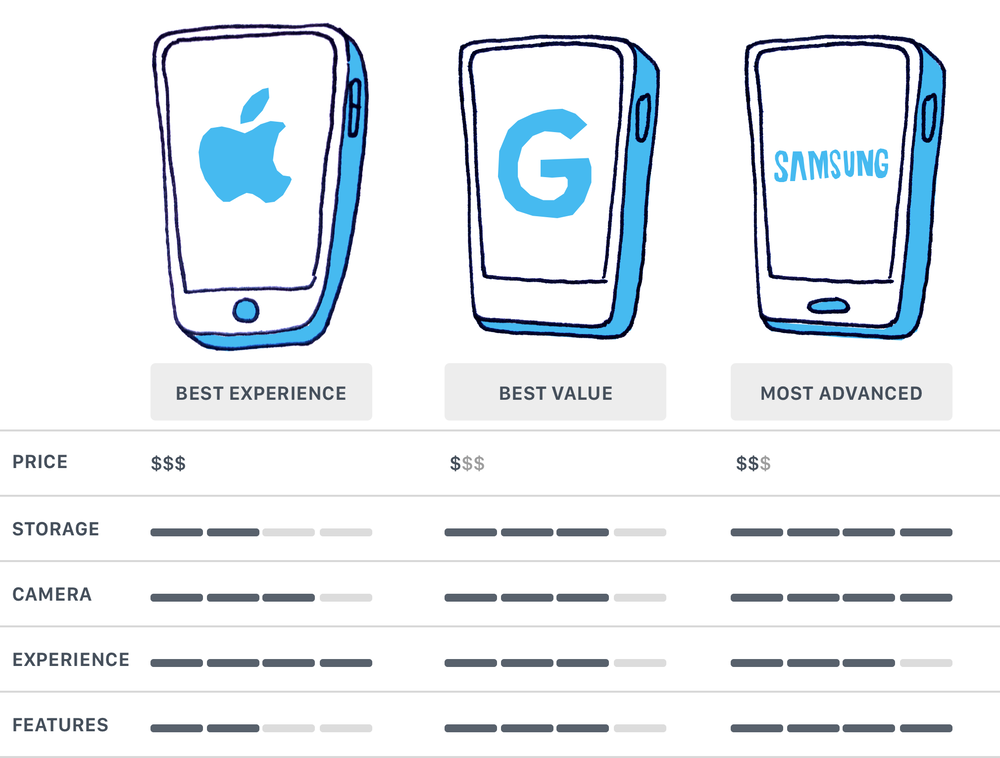
A basic illustration of aiding decision making by considering key decision making factors. This could be further advanced by weighting the factors according to the importance to the buyer.
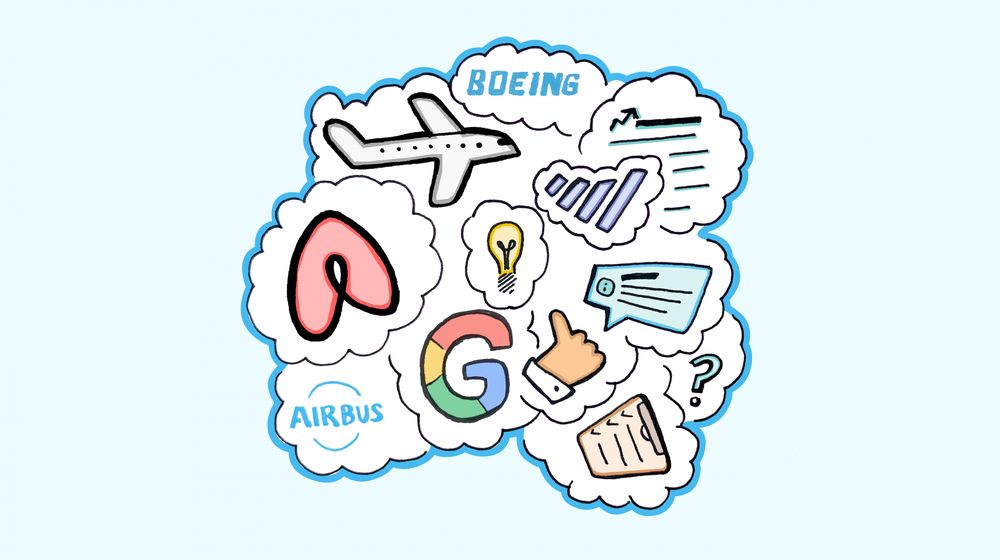
2. Landscape: Understand the landscape of insights
Method: Conduct a broad investigation into: web-technology insights, as well as far reaching domains with practical applications.
Outcomes:
1. Establish Data Foundations to Leverage: Insights rely on large swaths of structured data in order to be useful. Google for example is able to provide useful insights because of its data platform investment over many years.
2. Know your Limits: Insights can either be hands-on: where they take the action for the user, or hands-off: where the user is always in control, and the insight serves to assist with useful information. The level of control the user retains depends on the products objectives. For example Airbus and Boeing, have completely different philosophies related to pilot control. Airbus has a philosophy where automation should be leveraged wherever possible, where as Boeing has a philosophy the pilot always retains final authority.
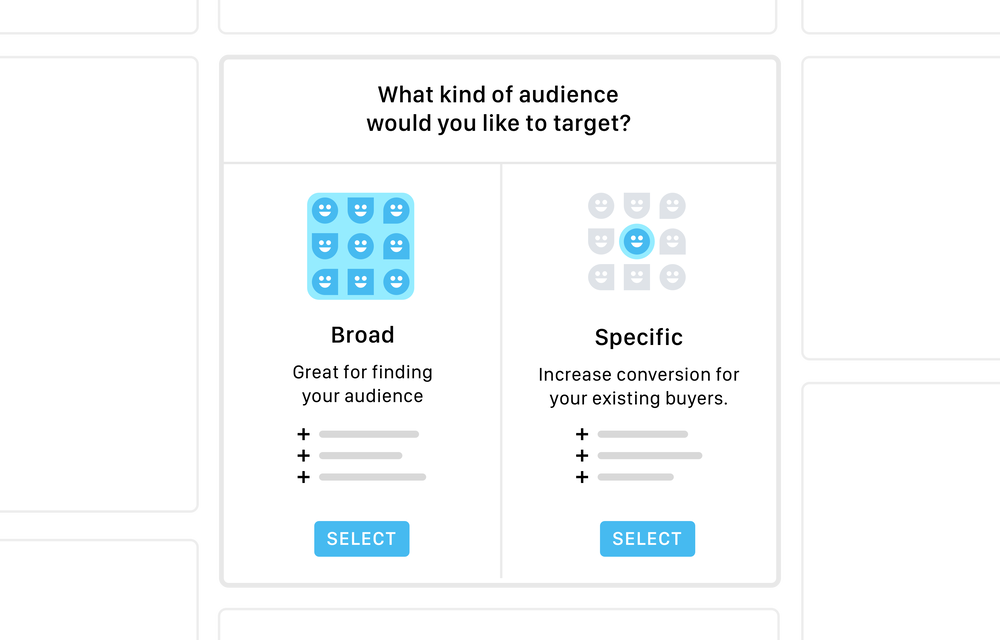
3. Timely: Insights have the highest chance of being useful when placed alongside decision making areas of the software product. For example: I want to run a marketing campaign to boost the traffic coming to my website. I have an important decision to make: should I optimize for traffic quality, traffic quantity, or balance both? Presenting users with helpful information where and when they need to make that decision can make for more informed decisions.

3. The Stages of “Smartness”
Based on our research, and heavily inspired by SAE’s levels of self-driving car automation, we identified eight levels of insight and automation.

Level 1:
Database Users have access to raw data, unfiltered unsynthesized information. This data is out of the context of decision making, you have to go to the right place to find it.
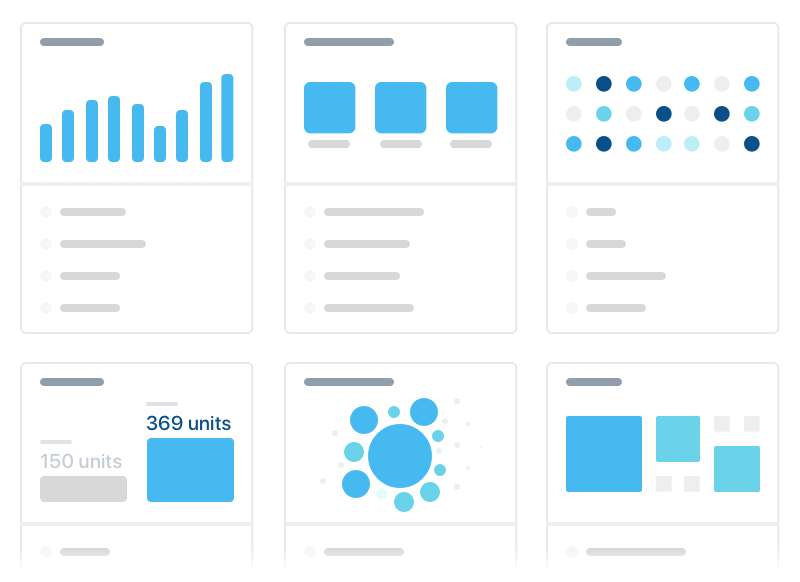
Level 2: Dashboard
Users have access to simplified data, out of context of decision making.
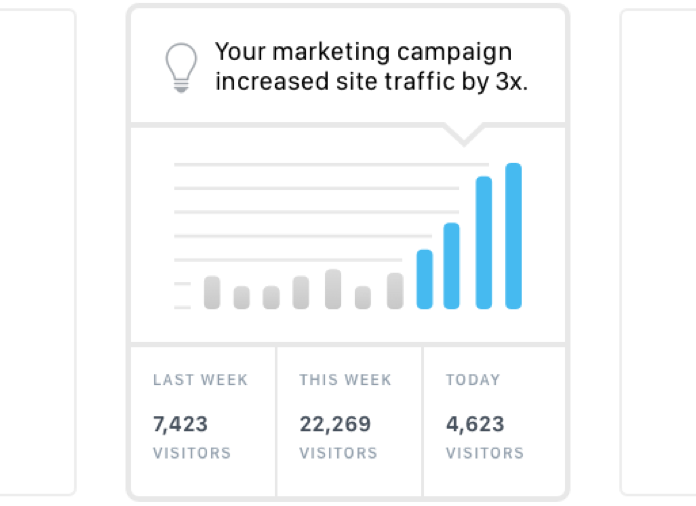
Level 3: Insight
Users have access to insights that use deep understanding to provide value, out of context of decision making.
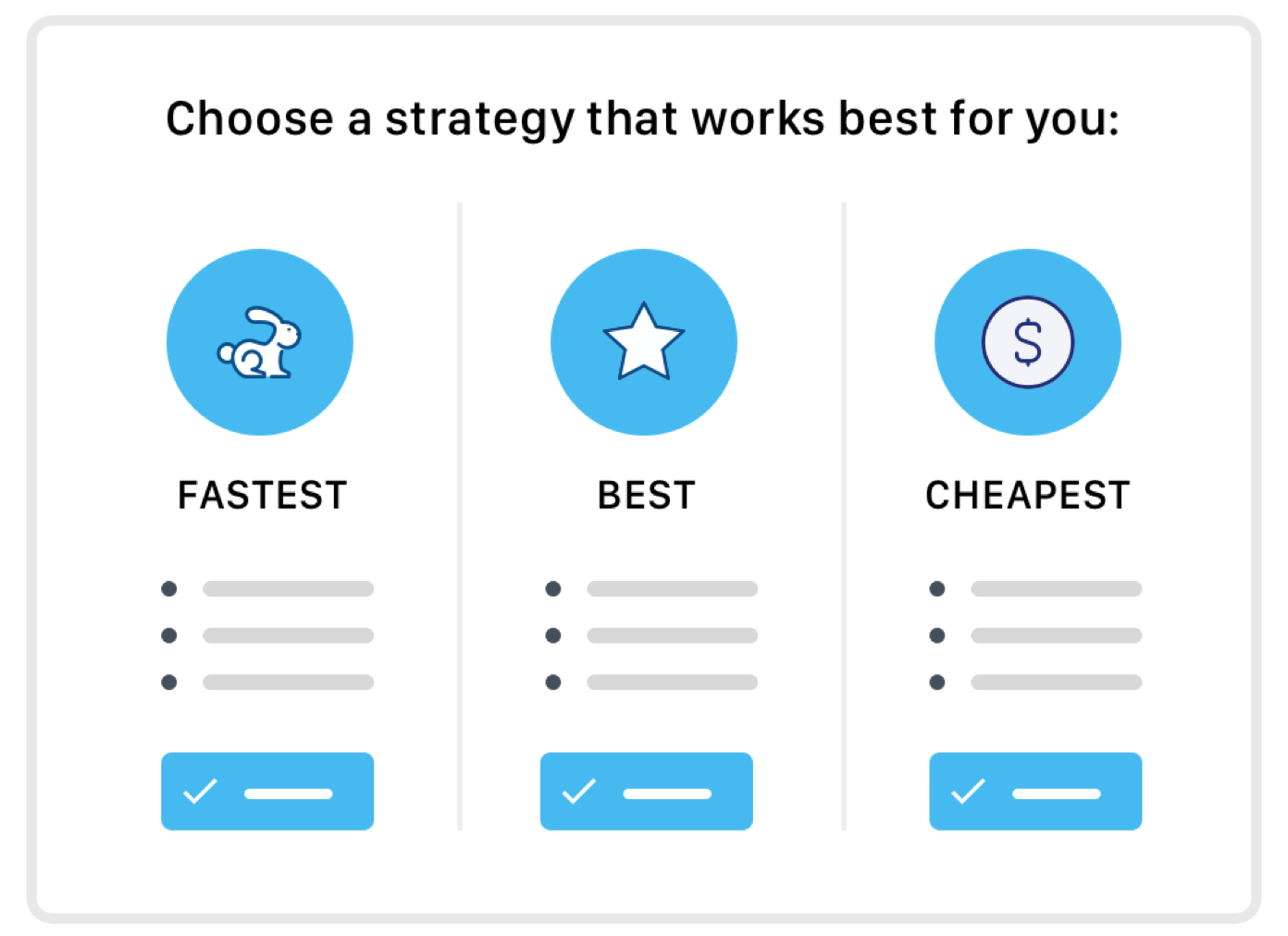
Level 4: General Decision Support
Decision points in the software are supported with framing options and tradeoffs.
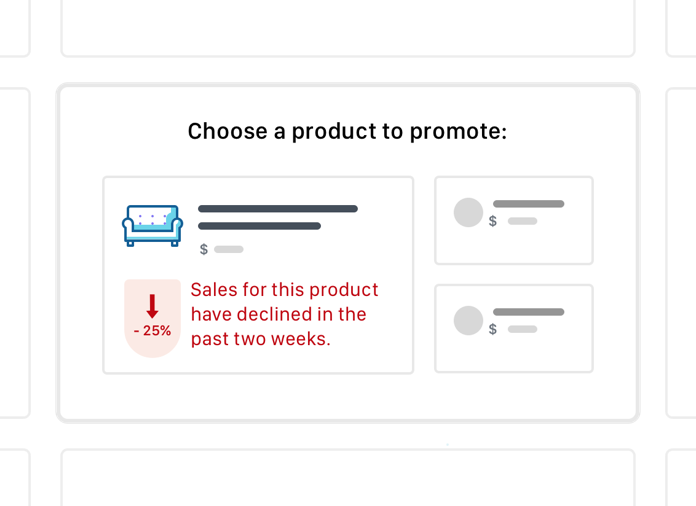
Level 5: Specific Decision Support
Decision points in the software are supported with relevant data insights to assist users in making a choice.
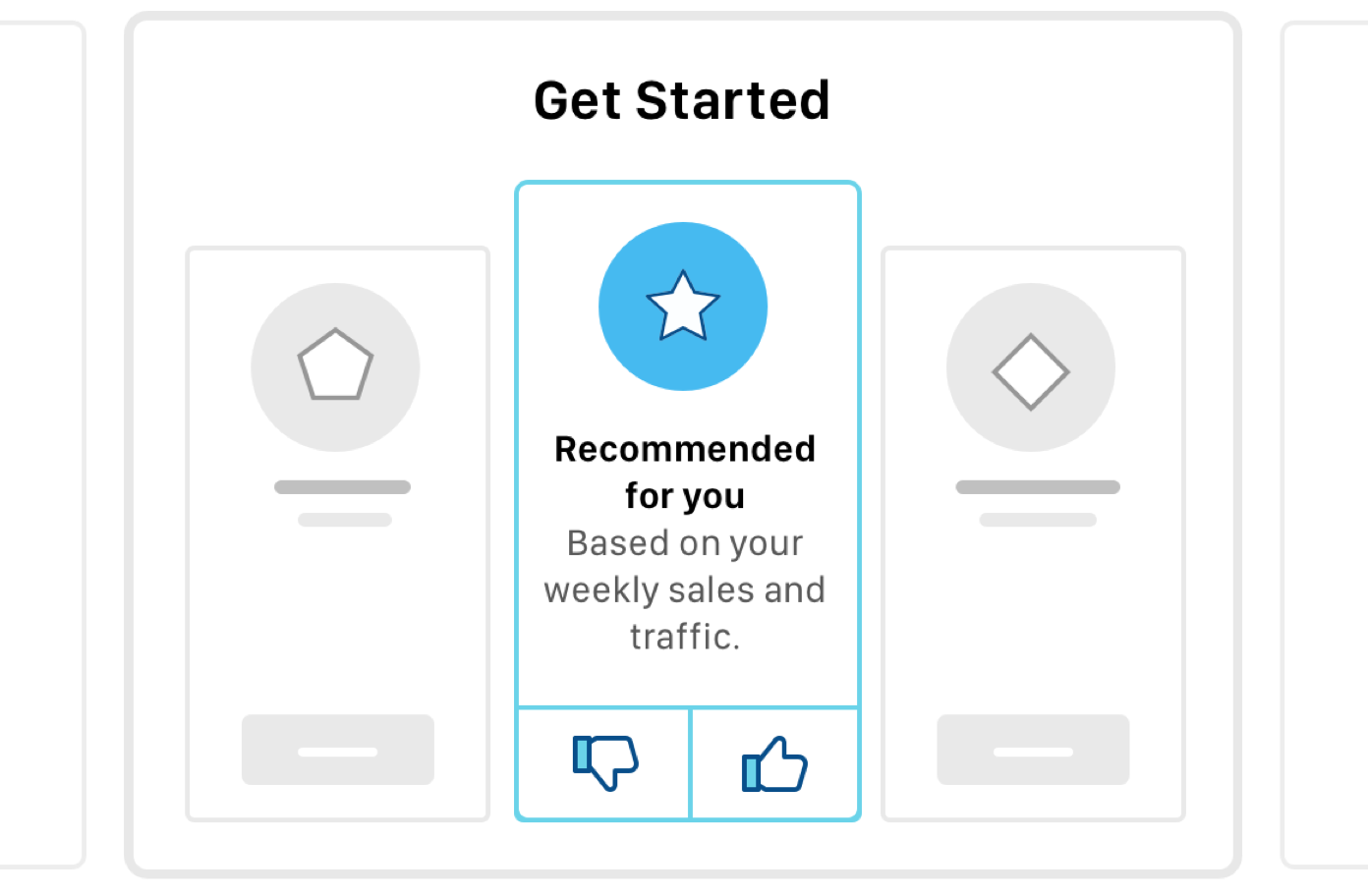
Level 6: Recommended Actions
Users have access to insights, in the context of decision making, and the system recommends actions based on that deep understanding.
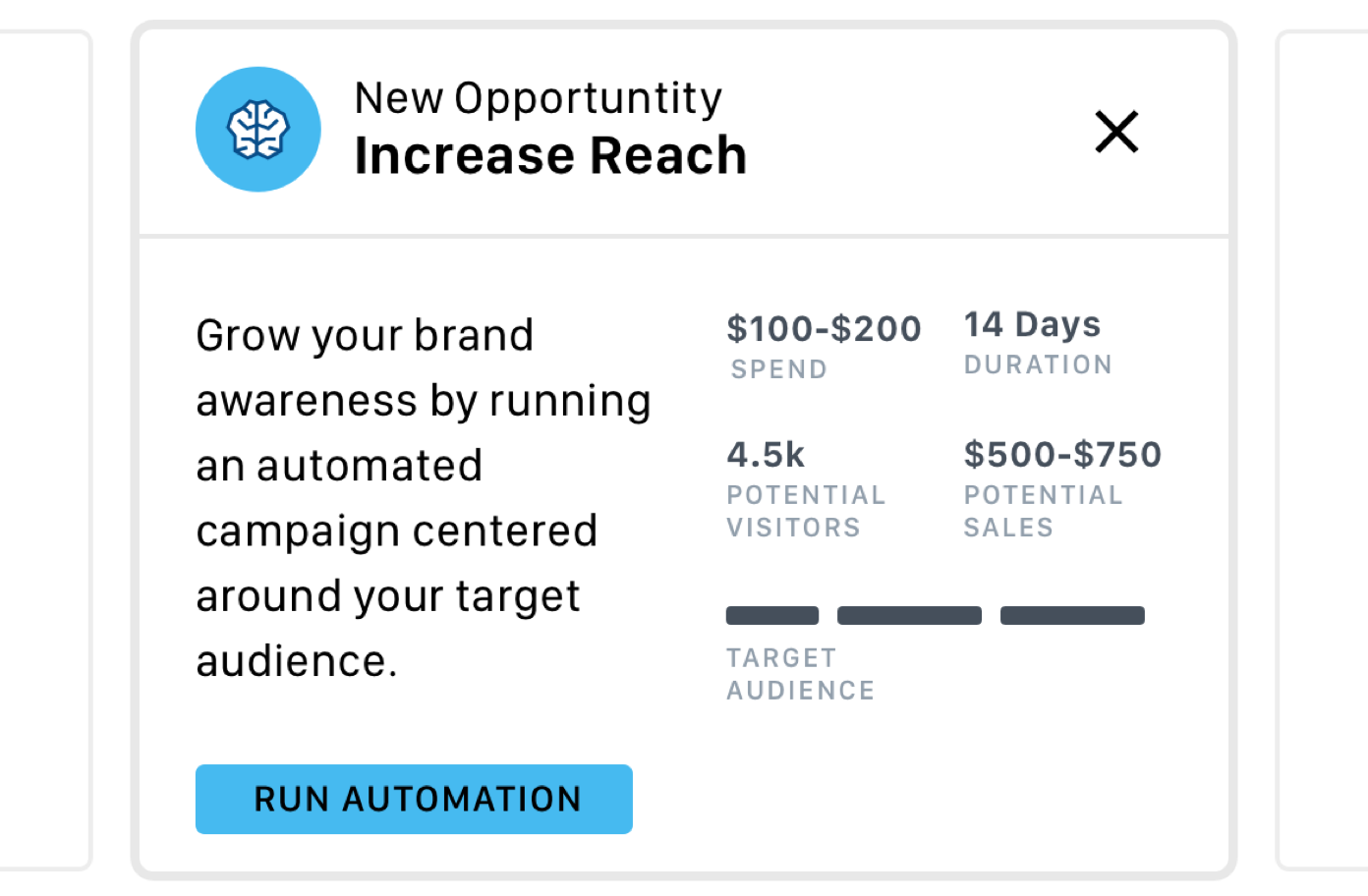
Level 7: Partial Automation
Users have access to insights in-context, and recommended actions in-context which are partially automated.

Level 8: Complete Automation
Users manage autonomous tasks taken by the system, and are provided with follow up information from the system.
The usefulness of level 7, and level 8, are deeply dependent on the goals of the product. For example, self-driving cars could make use of levels 7 and 8, when drivers aren't in the mood to drive, and the system can do the hard work for them. In other contexts, where the task is fulfilling and meaningful, automation may remove tasks that could be enjoyable to complete. It's important to remember that automation serves the end goals of the user, not the other way around.
4. Key Findings for the Future
At the conclusion of the research phase we learned:
- Insights offer a unique solution to the increasing complexity of decision making in modern software products.
- Insights are most useful when the information they provide is deeply connected to the task, and decision at hand.
- Insights can highlight a clear winner when there is one, and
- When there is not a clear winner, insights can synthesize information, and provide the right information to assist decision making.